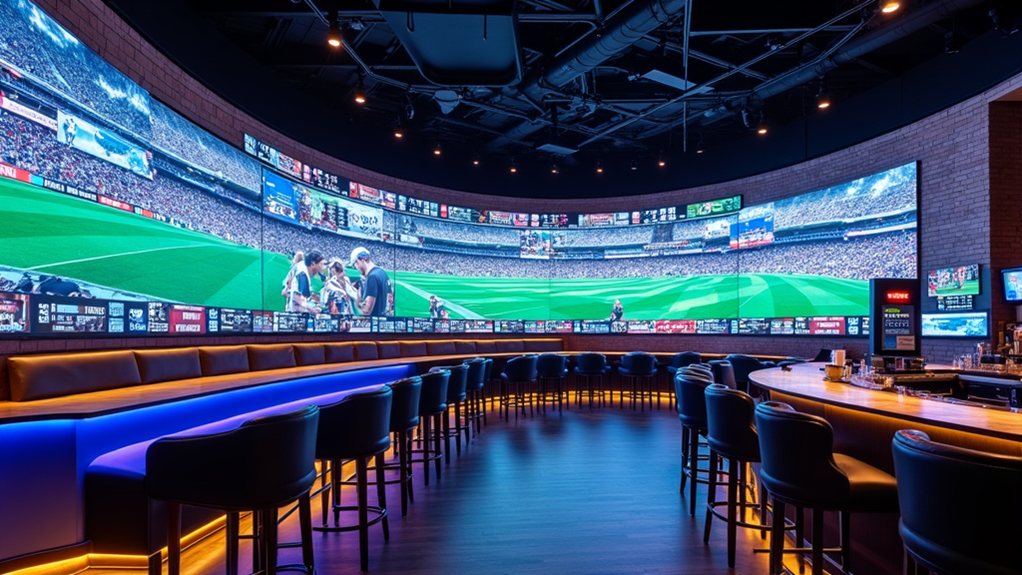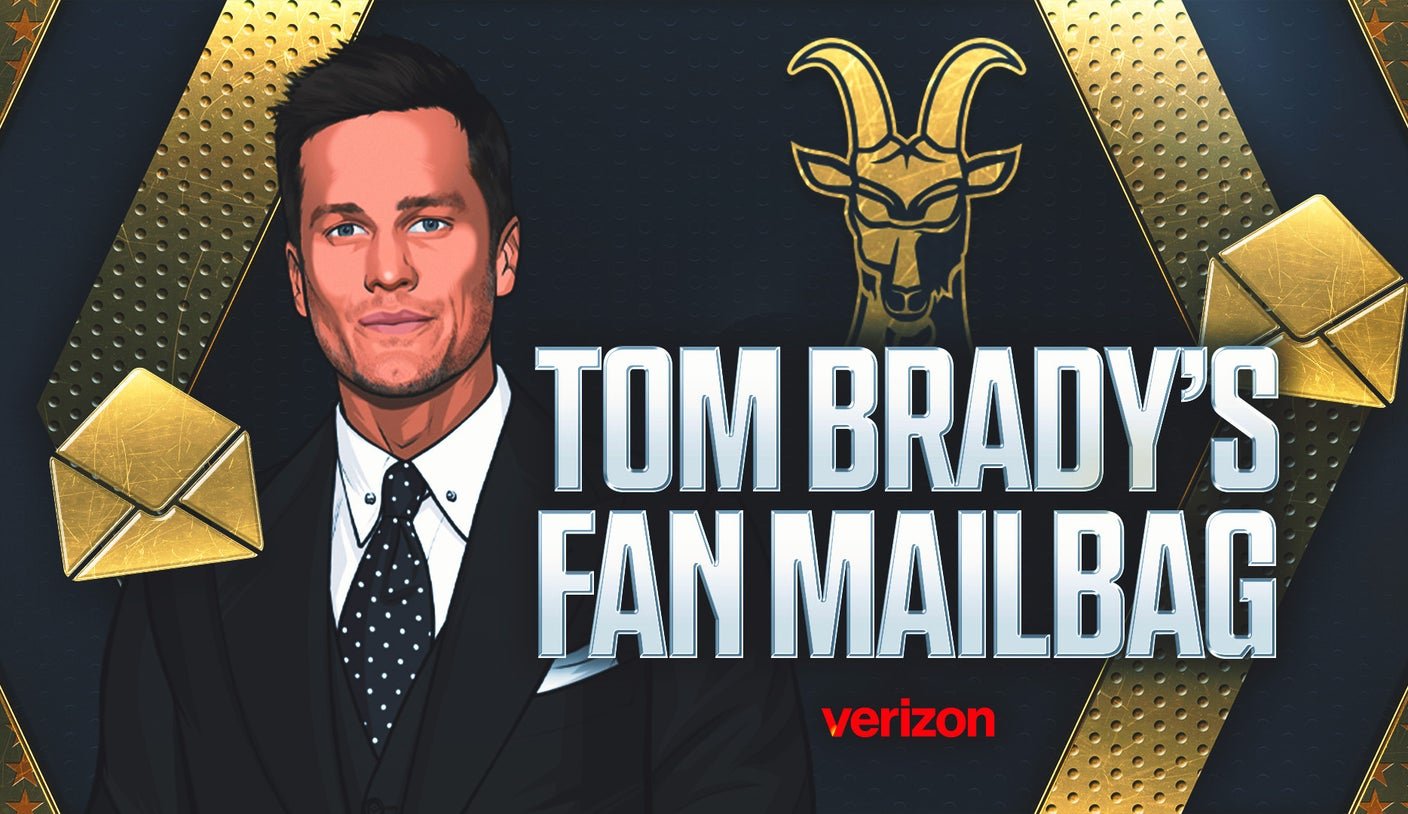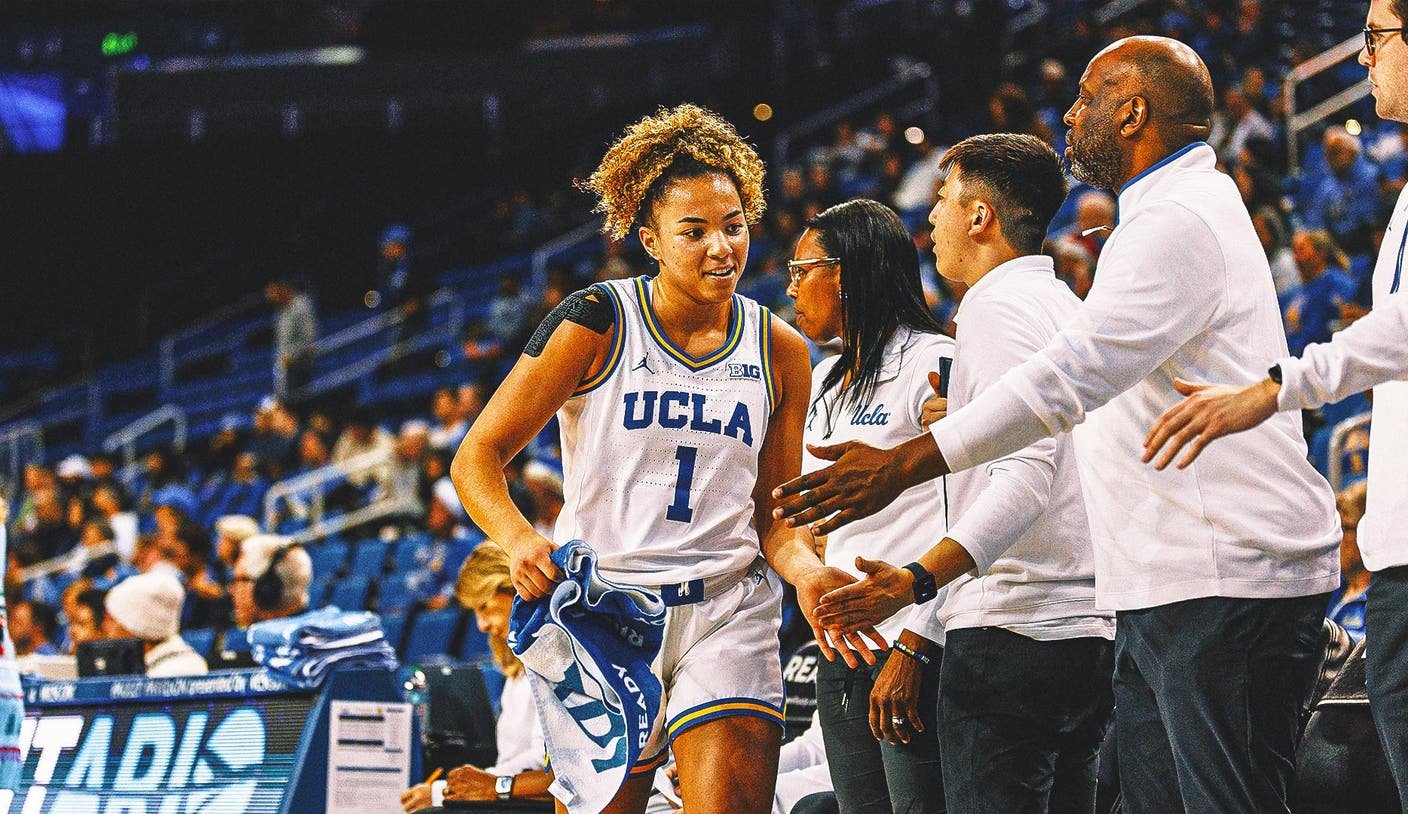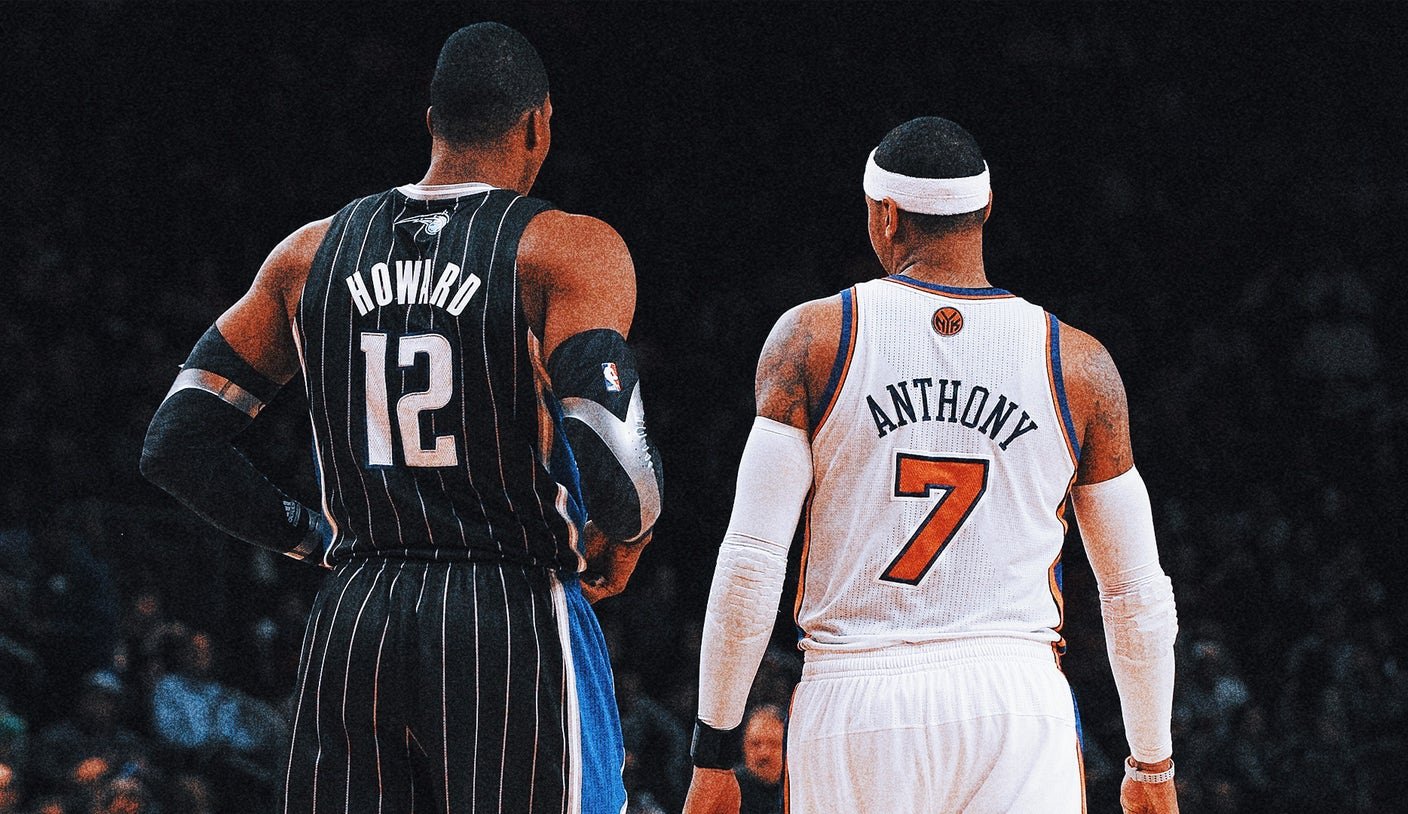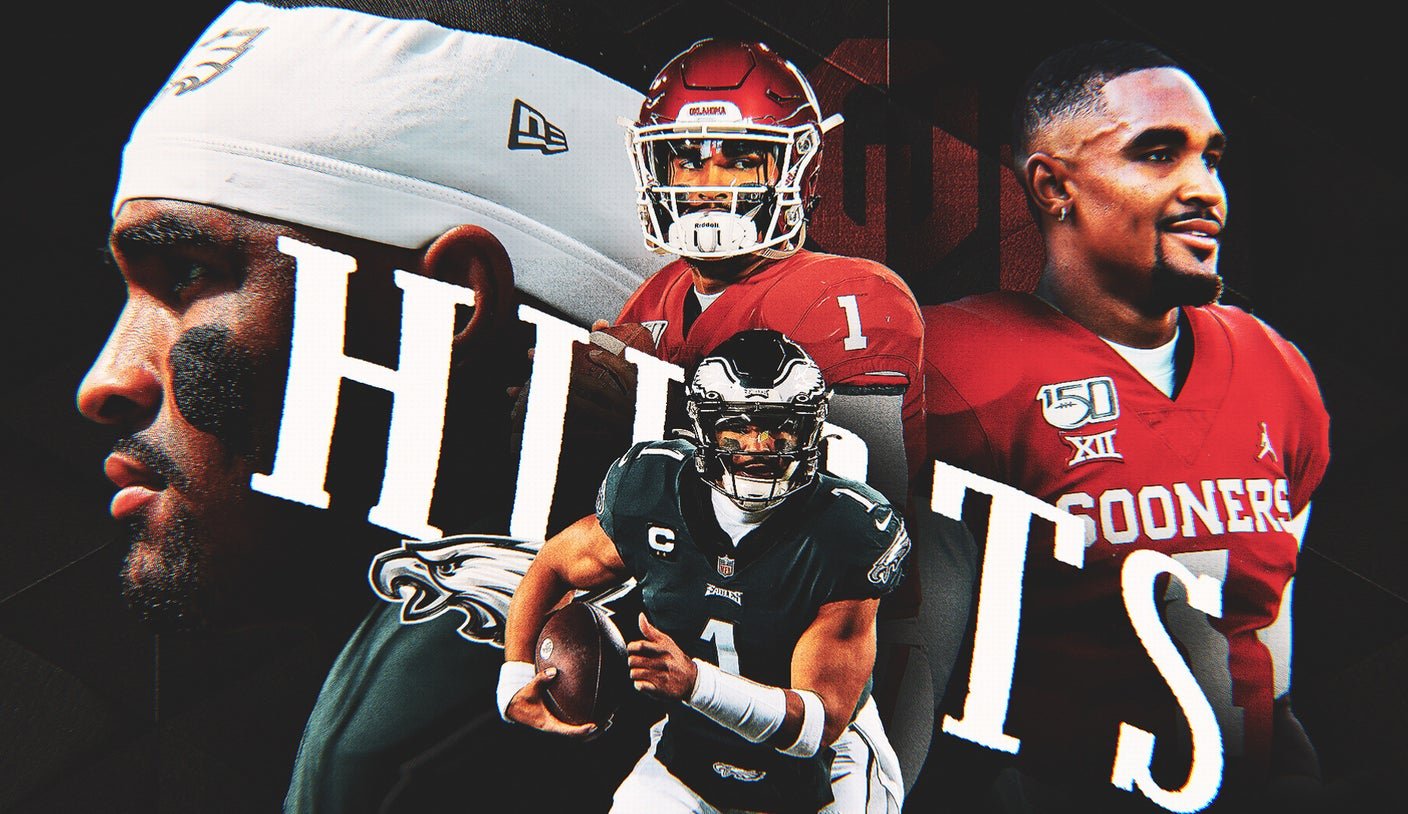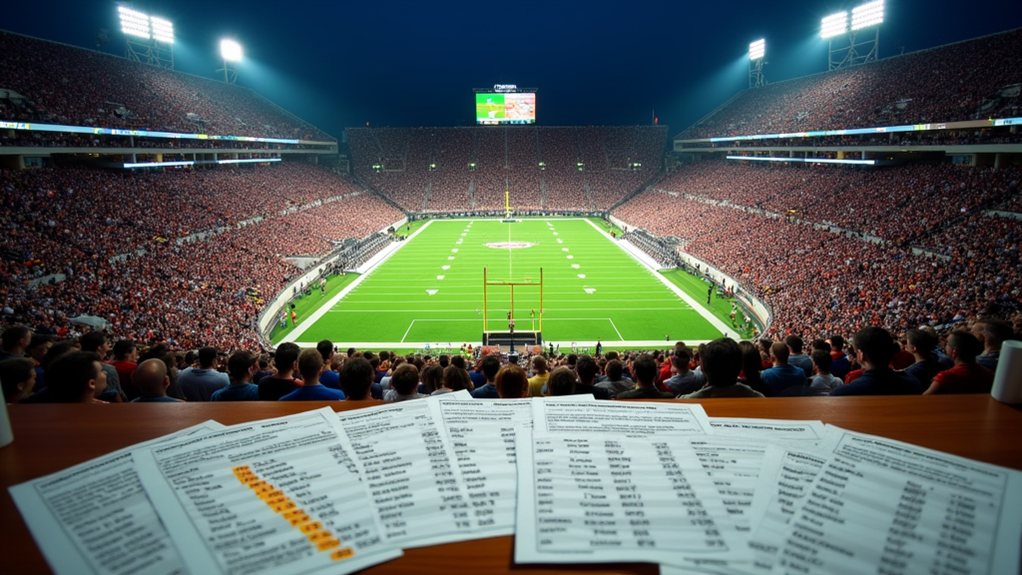Sports betting venues have transformed dramatically over the decades. From underground poolrooms to today’s high-tech entertainment centers, sportsbooks represent a gold standard in gambling innovation. Nevada’s 1931 legalization sparked a transformation that gained momentum when the Stardust Casino revealed the initial modern sportsbook. Now, these venues feature cutting-edge displays, luxury amenities, and immersive experiences in a market heading toward $140 billion by 2028. The brick-and-mortar evolution continues with each technological breakthrough.
From Poolrooms to Turf Clubs: Early American Sports Betting Venues
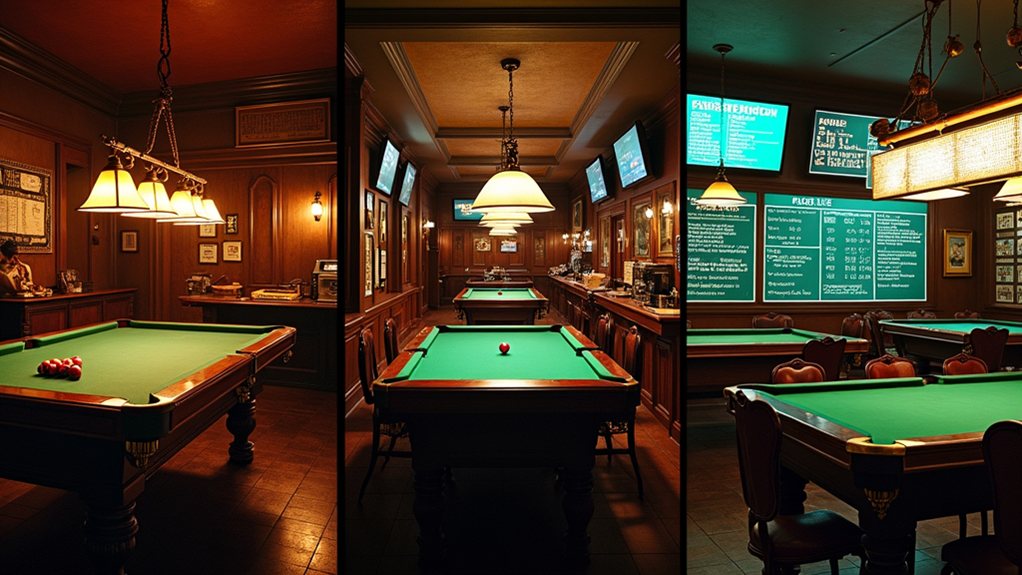
The evolution of America’s betting landscape traces back to colonial times, reflecting the nation’s complex relationship with wagering.
From the initial racetrack established on Long Island in 1665 to the informal poolrooms of the 19th century, Americans found ways to bet despite Puritan resistance.
Throughout America’s history, determined bettors have always found outlets for their wagering impulses, regardless of societal constraints.
As professional baseball emerged in the 1870s, betting gained mainstream traction.
The Kentucky Derby‘s 1875 launch cemented horse racing as the gold standard for wagering opportunities.
State-by-state revenue analysis shows the economic impact of sports betting has grown exponentially since federal prohibition ended.
Native American gambling traditions, including stick and straw games with high-value wagers, influenced early American betting practices.
Despite scandals like the Black Sox affair triggering crackdowns, betting persisted.
The 1919 scandal damaged public trust in sports so severely that anti-gambling sentiments dominated for decades afterward.
The NFL Draft has now emerged as one of the most popular betting events outside traditional game wagering.
The breakthrough came in 1949 when Las Vegas turf clubs emerged as the first legal betting establishments, marking a decisive shift toward today’s regulated sportsbook industry.
The Nevada Turning Point: Legalization and Early Sportsbook Operations
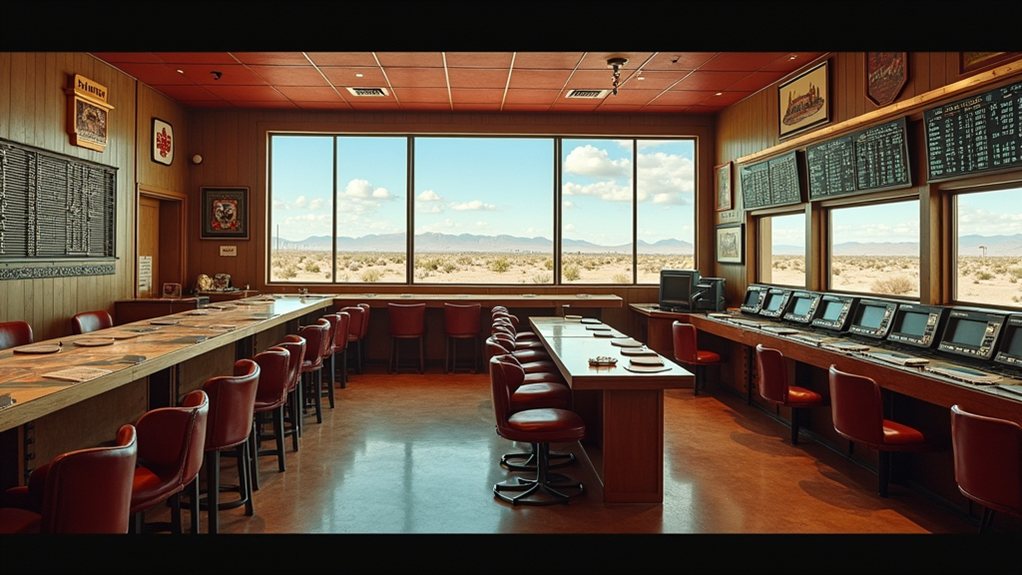
Nevada’s landmark decision to legalize gambling in 1931 fundamentally changed America’s betting landscape forever.
During the Great Depression, Assembly Bill 98 opened doors for regulated gambling activities, attracting tourists and enhancing the economy. This critical legislation, introduced by Assemblyman Phil Tobin, transformed Nevada’s approach to gaming regulation.
The real breakthrough came in 1949 when Nevada formally legalized sports betting, establishing the gold standard for regulated sportsbooks.
Early operations faced challenges, including a prohibitive 10% federal tax implemented in 1951.
When this tax dropped to 2% in 1974, the industry flourished.
Union Plaza Hotel made history in 1975 as the initial casino with an on-site sportsbook, while Frank “Lefty” Rosenthal transformed the experience with comfortable seating and large screens.
The Stardust Revolution: How One Casino Changed Sportsbook Design Forever
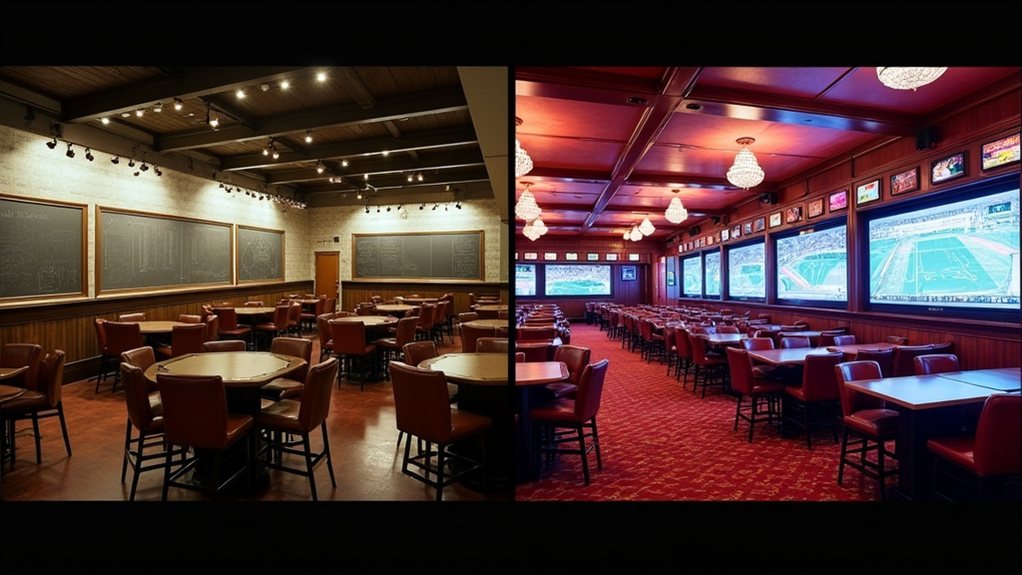
When the Stardust Casino revealed its groundbreaking sportsbook in the late 1970s, the landscape of sports betting changed forever.
The transformative design transformed dingy betting spaces into luxurious environments with multiple screens, comfortable seating, and well-stocked bars.
The Stardust model quickly became the gold standard across Las Vegas. Its spacious layout accommodated hundreds of bettors while providing a premium entertainment experience.
This innovation sparked fierce competition, as other casinos rushed to upgrade their facilities.
Today’s top Las Vegas sportsbooks continue this tradition by offering premium viewing options, extensive betting selections, and upscale food and beverage services.
The legacy of the Stardust continues today, establishing the blueprint for modern sportsbooks that combine technology, comfort, and entertainment value for the ultimate betting experience.
Casino Integration and the Fall of Independent Betting Parlors
As independent betting parlors gave way to casino-integrated sportsbooks in the 1970s, a new era of sports wagering began to take shape across Nevada.
The Union Plaza Hotel’s 1975 sportsbook launch established a gold standard that major casinos quickly followed. Independent turf clubs couldn’t compete with the lavish amenities and reduced tax advantages enjoyed by casino operations.
This integration created powerful economic benefits, with sportsbooks driving casino floor traffic and enhancing hospitality revenue.
Major events like the Super Bowl and World Cup represent the pinnacle of betting activity, generating billions in wagers during a single competition.
The 2018 Supreme Court ruling accelerated this trend nationwide, generating billions in legal wagers.
Today’s casino sportsbooks serve as entertainment hubs—the natural evolution of a market that rewards convenience, luxury, and extensive gaming experiences.
Americans are expected to wager over $100 billion legally through mobile betting apps and retail locations in 2023 alone.
Modern Brick-and-Mortar Innovations in the Digital Age
Modern brick-and-mortar sportsbooks have welcomed groundbreaking technologies while the casino integration model flourished nationwide.
Direct-view LED displays and interactive screens now create stadium-like atmospheres that mobile betting cannot replicate. These gold-standard venues combine real-time data with immersive viewing experiences.
With the U.S. sports betting market projected to reach $140 billion by 2028, casinos are transforming their sportsbooks into profit centers.
The integration of digital platforms with physical spaces drives incremental visitation, serving both in-person and online bettors.
Don’t miss out on the fifth decade of sportsbook innovation, where AI and augmented reality will soon transform betting experiences even further.
FAQs
How Did Sportsbooks Handle Point Spreads Before Computer Technology?
Sportsbooks painstakingly managed spreads through monumental manual research, gathering newspapers nationwide. Bookmakers liberated from technology relied on pilots delivering data, using phone networks to communicate updates when warriors clashed on the field.
What Security Measures Protected Early Physical Sportsbooks Against Cheating?
Early sportsbooks relied on armed guards, meticulous handwritten ledgers, personal relationships with bettors, physical barring of known cheaters, and strict cash handling protocols to protect their operations and profits.
How Did Sportsbook Staffing and Employee Roles Evolve Over Time?
From smoke-filled backrooms to digital fortresses, sportsbook staffing evolved from simple bookmakers and cashiers to diverse specialists in analytics, risk management, compliance, and digital marketing—unleashing a new frontier of betting expertise.
What Demographic Shifts Occurred in Physical Sportsbook Patronage?
Physical sportsbook patronage has shifted from younger to older demographics, with Baby Boomers and Gen X increasing participation while Millennials and Gen Z favor digital platforms for their betting activities.
How Did International Betting Models Influence American Sportsbook Development?
Like seeds carried across oceans, European and Australian betting innovations fertilized American soil, transforming sportsbooks through mobile technology, live betting options, data analytics, and regulatory frameworks that promise unfettered wagering freedom.
